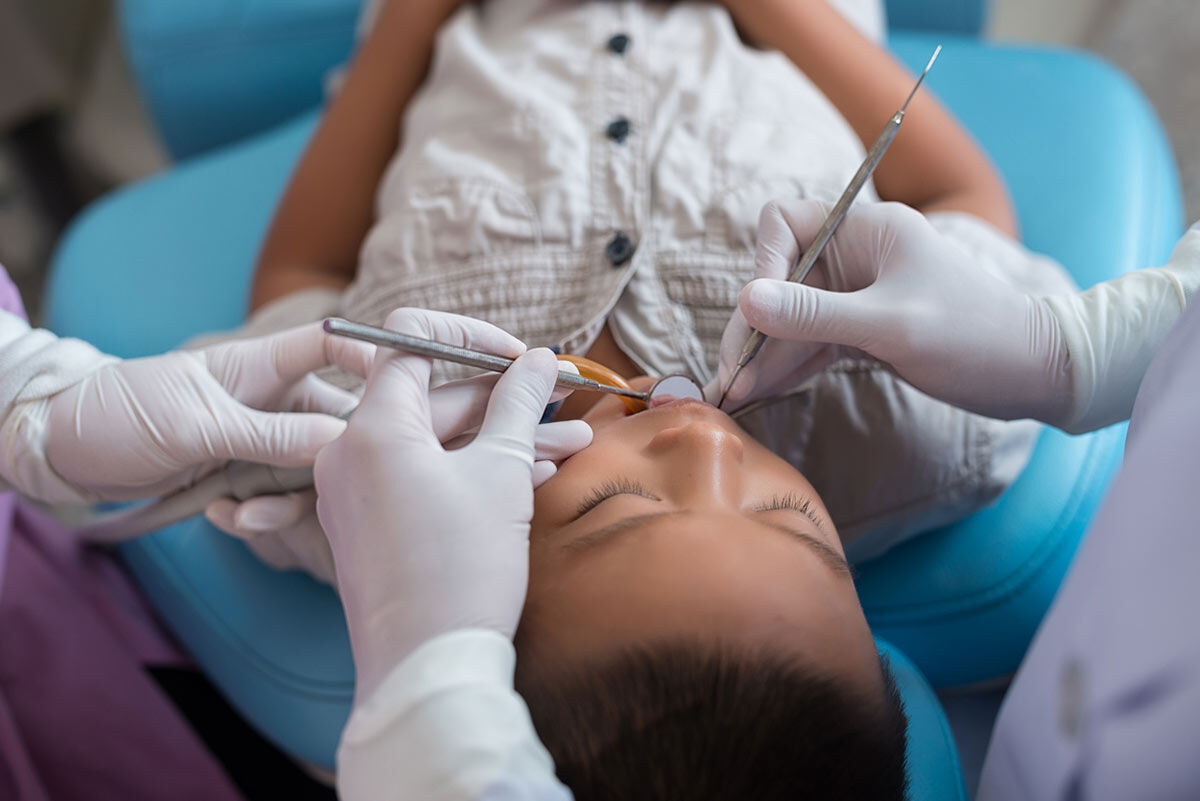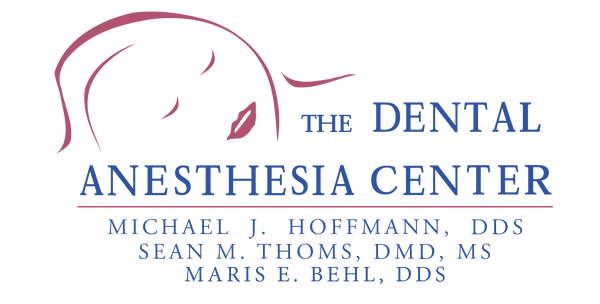Pediatric Anesthesia
If your child has trouble visiting the dentist because of severe anxiety or special needs, or if they require major dental work, dental anesthesia may be the right choice.
If your child has trouble visiting the dentist because of severe anxiety or Special Needs, or if they require major surgery or procedure, it can sometimes be necessary for that child to be administered sedation or anesthesia. Dentist anesthesiologists have the necessary experience and qualifications to treat and assist children safely throughout the process.
Like regular anesthesiologists, dentist anesthesiologists are trained to work with children and infants. They can also deliver the proper care to children in the dentist’s chair or operating room.

Anesthesia & Children
The American Academy of Pediatrics and the American Academy of Pediatric Dentistry updated the current guidelines for dentists and oral surgeons in 2019. These guidelines help dentists and oral surgeons with a procedural map to follow when providing children with general anesthesia or deep sedation.
For starters, there must always be two people in the room, each trained to provide full life support in an emergency. One of the people in the room will be the dentist or oral surgeon who will perform the actual procedure.
The other person in the room is known as an independent observer.
Understanding The Different Levels of Sedation
It is essential to know that there are different levels of sedation. The dentist will ultimately decide the type of sedation necessary for the patient or procedure, though understanding each level will help you, as a parent, feel more in control.
- Mild Sedation – Mild sedation is when the child remains conscious throughout the procedure. It is the lightest level of sedation that we offer and typically involves a mild sedative such as Nitrous Oxide, otherwise known as laughing gas or a Valium-like medication. Nitrous Oxide is the most popular choice, though some children don’t like the feeling. Dentists don’t need to go through additional training to administer mild sedation.
- Moderate Sedation – Moderate sedation, or sedation dentistry, makes the child sleepier during the procedure, though they are not entirely asleep. We highly recommend this for older children, who are less fearful.
- Deep Sedation – Deep sedation, otherwise known as sleep dentistry, is a method of sedation in which the child is completely asleep throughout the procedure. There will be no memory of the procedure. During your child’s procedure, an independent observer will always be in the room to monitor the child’s heart rate, blood pressure, oxygen saturation, etc. This method is entirely pain-free and excellent for more extended operations or procedures.
Making Your First Appointment
Whether your child struggles with severe anxiety or special needs, or if they need a serious dental operation, including surgery, St. Louis pediatric anesthesia can help. At The Dental Anesthesia Center in St. Louis, we have been practicing sleep and sedation dentistry for the past 30 years. We know how important the safety and comfort of your child are during their procedure, and we aim to provide nothing less than that!
Call Us Today
The first two board-certified Dentist Anesthesiologists in the state of Missouri.

